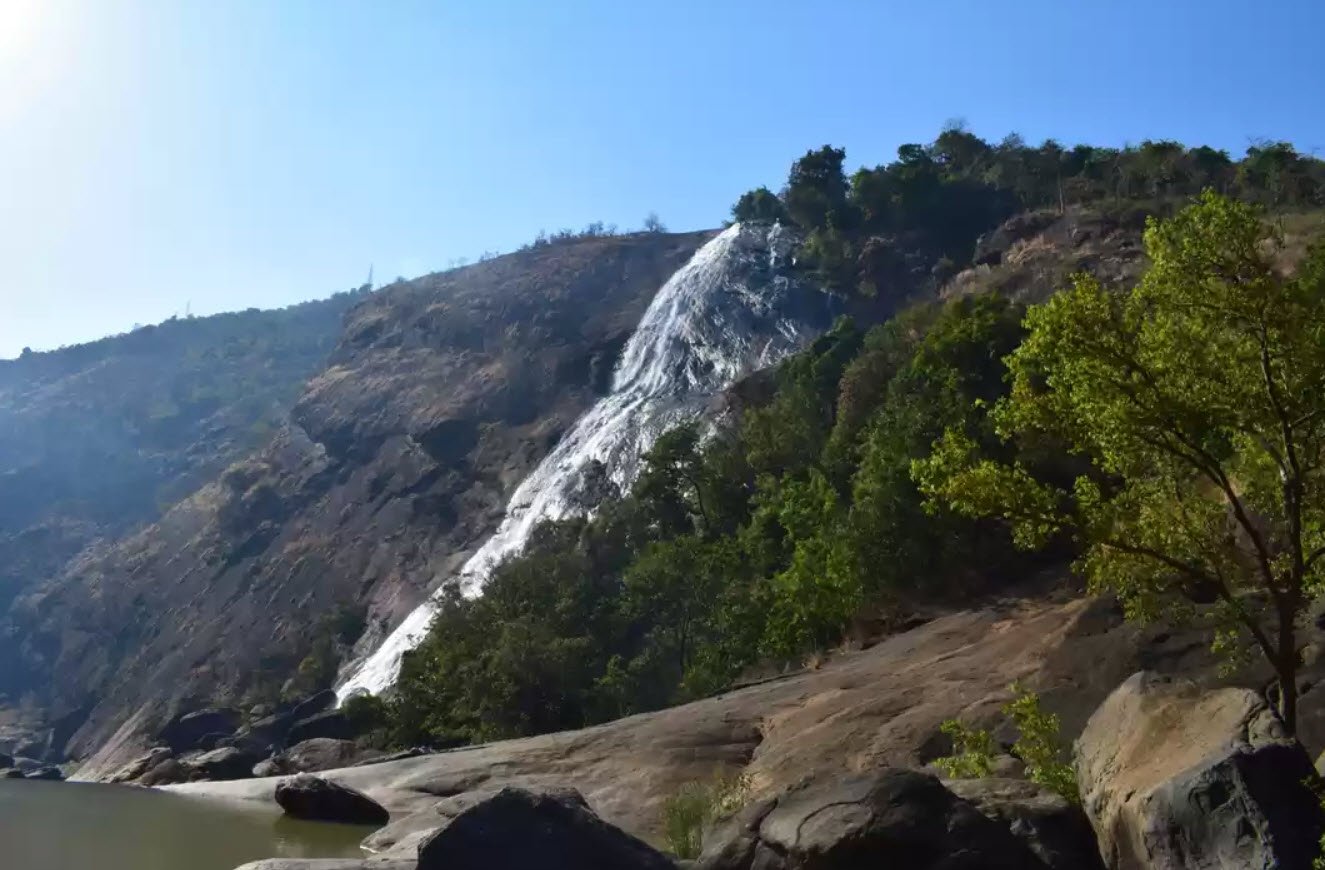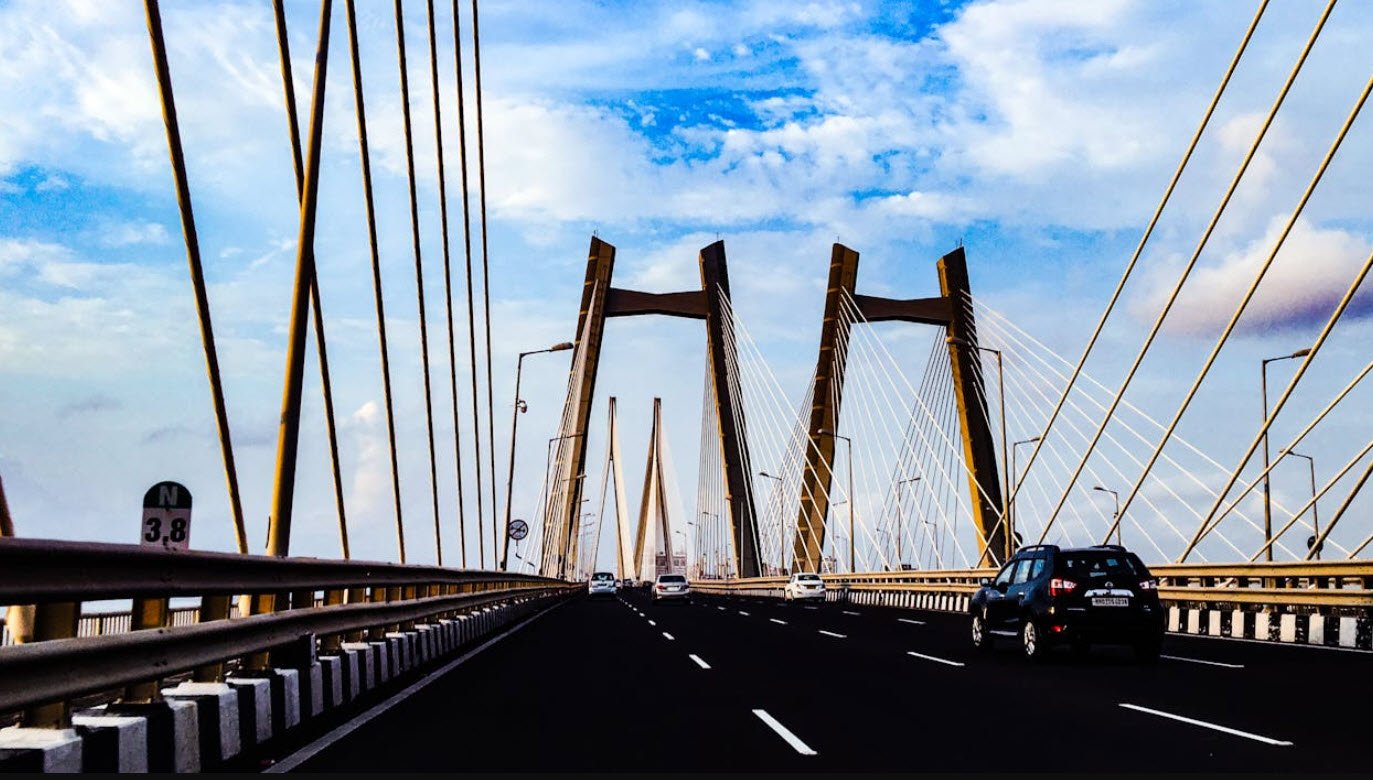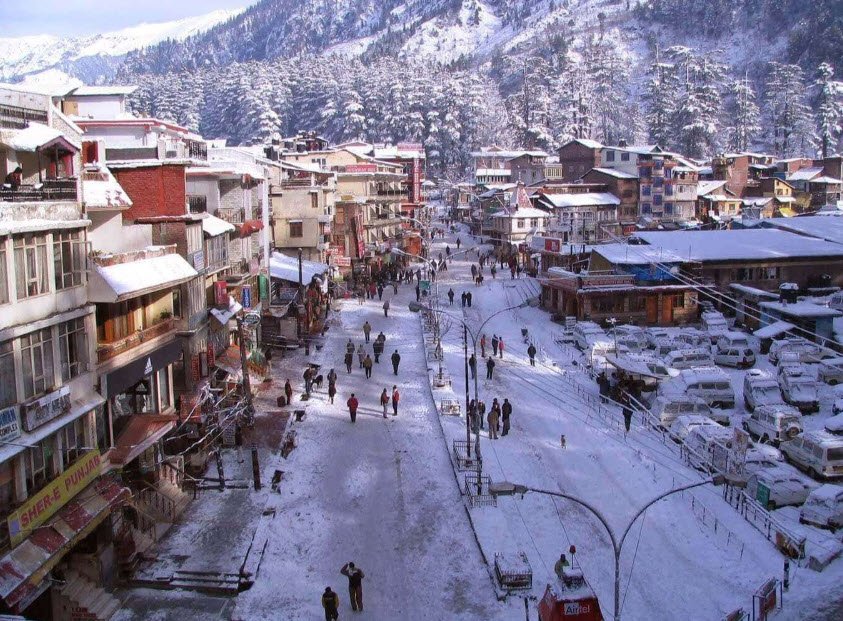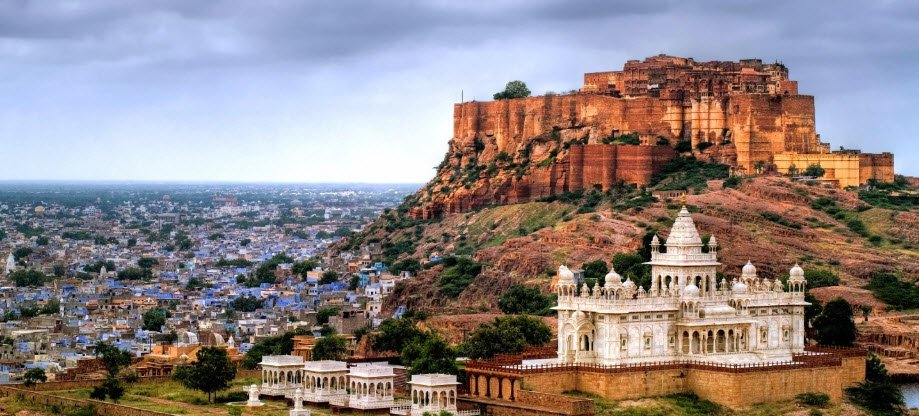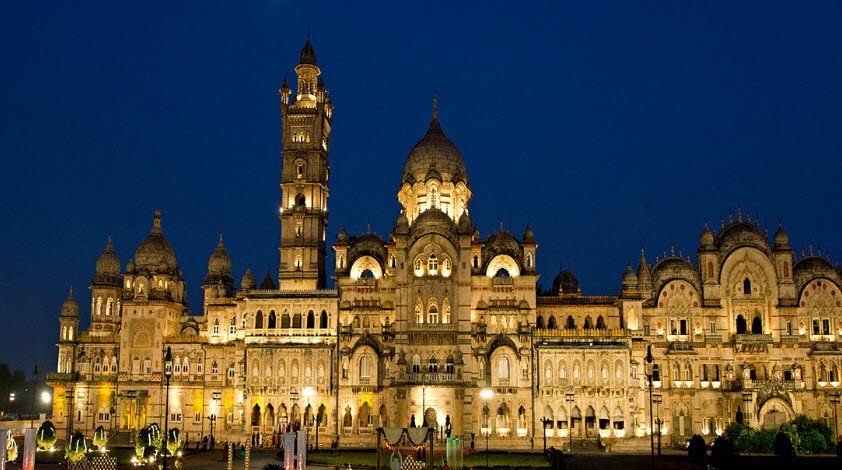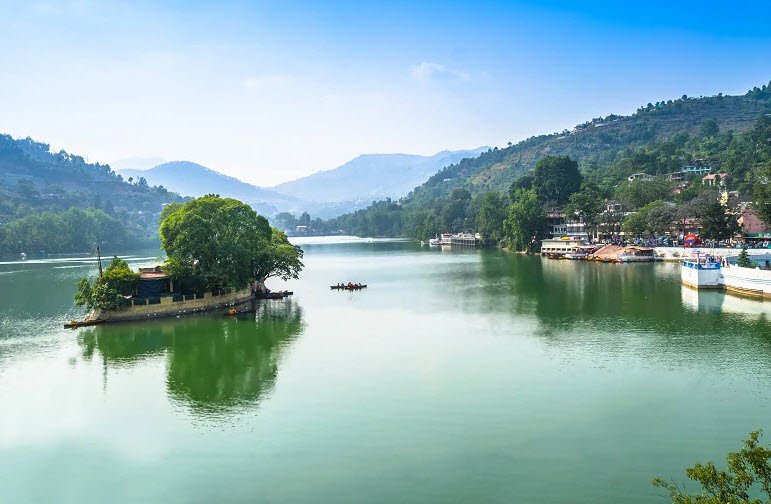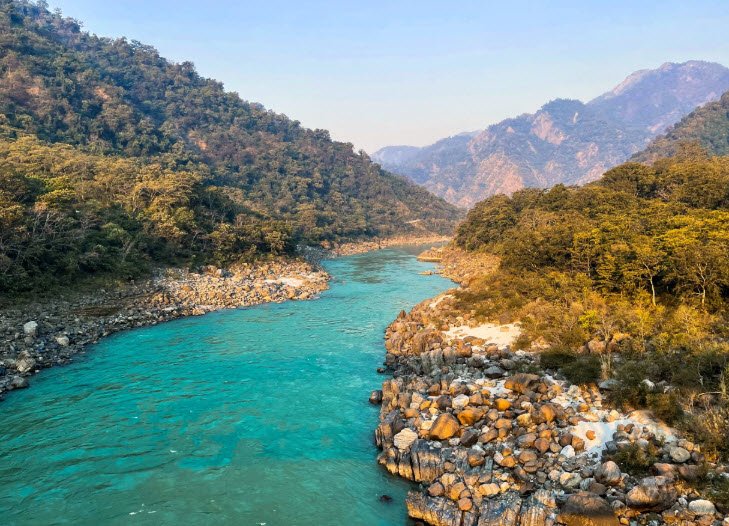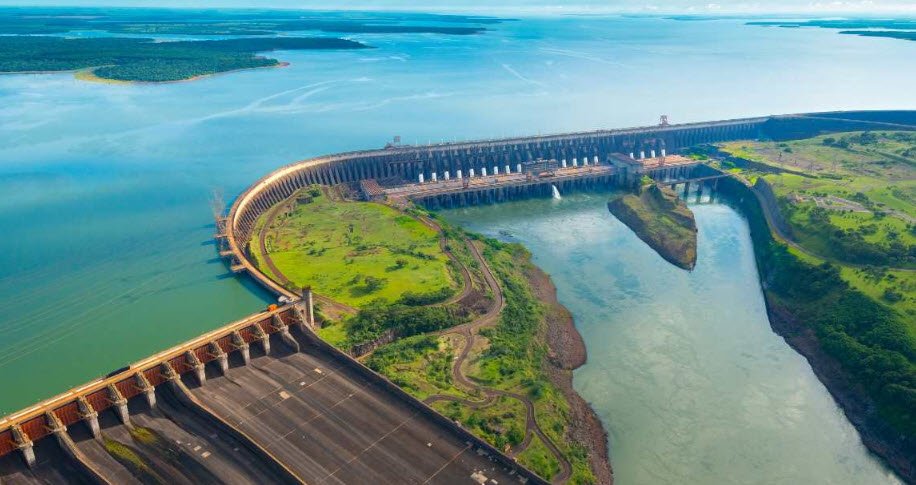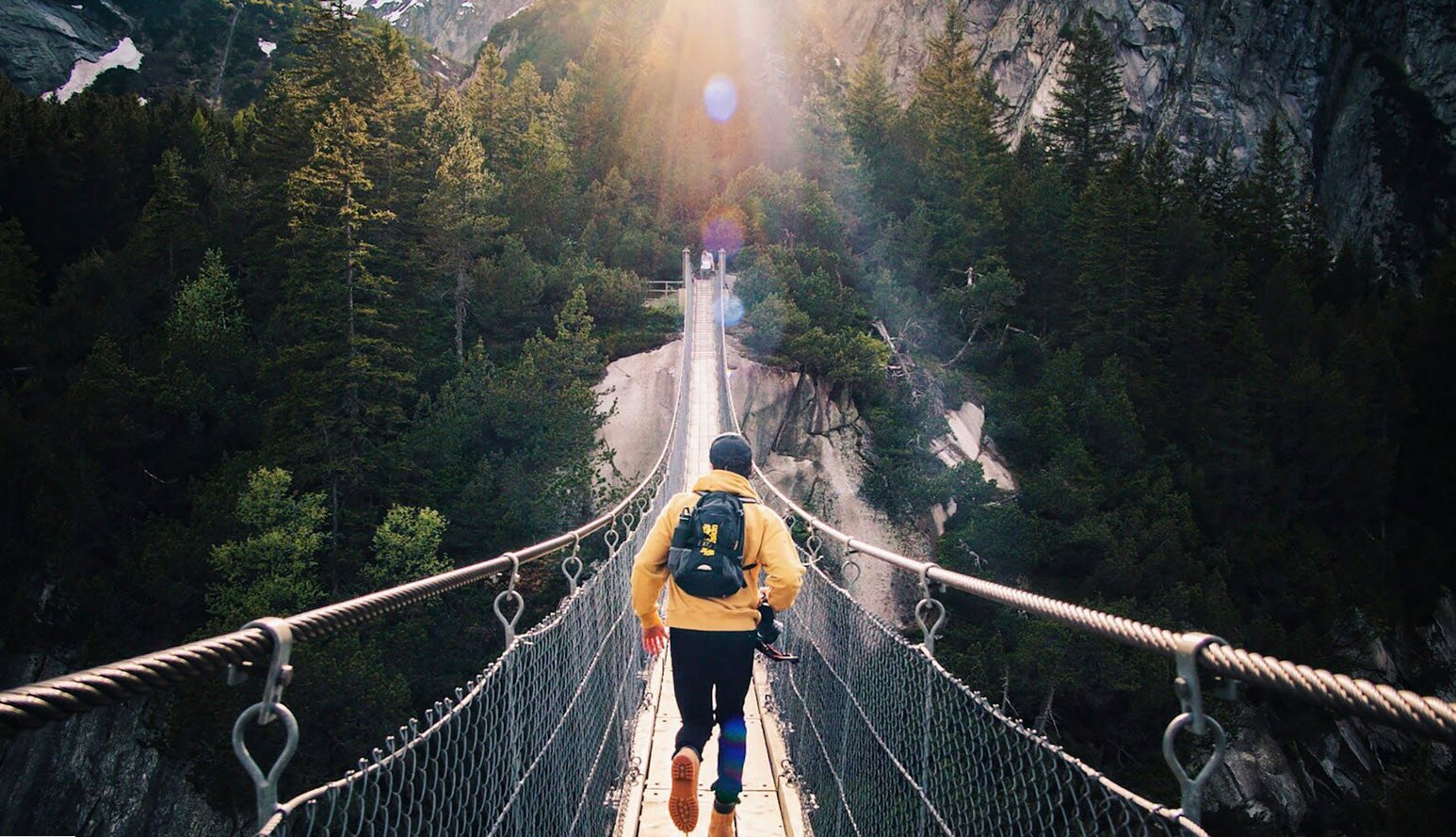
How to Capture the Heart of a City Through Your Travel Lens
How to Capture the Heart of a City Through Your Travel Lens
Every city has a soul — an unspoken story that lives in its alleyways, pulses through its festivals, and whispers from its rooftops. When you travel, capturing that soul goes far beyond the typical tourist shots of monuments and skylines. It requires intention, creativity, and emotional resonance. The goal is not just to take pictures or record clips — it’s to document a narrative that encapsulates the city’s unique rhythm. Here's how to transform your travel lens into a storytelling instrument that reveals the heart of any city you visit.
1. Start with Observational Patience
Before reaching for your camera, take a moment to observe. Walk the streets without filming. Sit in a local café and people-watch. Listen to street musicians. Absorb the rhythm of daily life. Every city reveals itself in subtle cues — the pace of pedestrians, the scent of local food, the patterns of conversations. The more you understand, the more authentic your content will be.
This patience helps you identify what truly matters — the street mural hidden behind the marketplace, the old man feeding pigeons at dawn, or the children playing in a public square. These micro-moments often say more about a city than its iconic landmarks.
2. Use Light to Shape Emotion
Cities wear different moods depending on the time of day. The golden hour — just after sunrise and before sunset — bathes buildings in warm, cinematic tones. Midday light is harsher but can add sharp contrast to architectural details. Twilight transforms a city into a canvas of neon lights and moving shadows.
Leverage light not just for beauty, but for mood. A morning market bustle feels entirely different when shot in soft morning light versus high afternoon sun. By experimenting with lighting, you add emotional depth that connects your viewer with the atmosphere you experienced.
3. Capture the Contrasts
Every city thrives on duality. Old vs. new. Fast vs. slow. Chaos vs. calm. Look for juxtapositions — a sleek skyscraper towering over a centuries-old temple, or a high-end boutique next to a family-run food cart.
These contrasts are visual metaphors that reveal the identity struggles or harmonious coexistence that shape a city. They also serve as compelling visual compositions that keep your audience engaged. Make sure your framing emphasizes these differences, telling a story in every shot.
4. Don’t Just Film the City — Include Its People
Cities are living entities because of their people. Residents add movement, emotion, and context to your travel visuals. When capturing footage, focus on human interactions: a vendor bargaining at a market, a couple dancing during a festival, or children laughing by a fountain.
Always be respectful and seek permission when needed, especially for close-ups. Candid street shots where people are naturally immersed in their activities tend to resonate emotionally with audiences. These moments lend authenticity and humanity to your travel narrative.
5. Build a Narrative, Not Just a Montage
It’s tempting to create a highlight reel of beautiful clips, but the most memorable travel videos follow a storyline. Start by identifying a central theme — “A Day in Old Delhi,” “Street Food Journey Through Naples,” or “Architectural Wonders of Prague.”
Structure your footage around this concept. Introduce the location, show progression (morning to night, or journey through neighborhoods), and conclude with a visual or emotional payoff. A cohesive storyline invites viewers to experience the city through your perspective rather than just watch from a distance.
This is where video editing becomes essential. It allows you to seamlessly weave different shots into a unified emotional experience. Transitions, music, pacing, and color grading all contribute to the story you’re telling. Rather than distract, editing should enhance the viewer’s connection with the city.
6. Incorporate Ambient Sounds and Local Music
While visuals are central, sound plays an underrated role in capturing the spirit of a city. Record snippets of ambient noise — traffic hums, birds chirping, bells ringing, or street vendors calling out. Layering these into your final video makes it feel immersive.
You can also add local music, especially if you’re shooting cultural events or street performances. Be mindful of licensing, but authentic music will elevate your content and ground it in the city’s culture.
7. Embrace Imperfections and Spontaneity
Some of the most magical travel content is unplanned — sudden rain that paints the streets in reflection, a festival you didn’t expect, or a chance encounter with a local storyteller. Don’t shy away from filming when conditions are unpredictable. These unscripted events often become the most memorable segments of your video.
Capturing spontaneity means staying ready with your gear and keeping an open mind. Embrace slight camera shakes or ambient distractions if they help tell a more genuine story.
8. Use Technology to Enhance, Not Replace
Modern travel creators have a powerful advantage: AI tools that streamline production without diluting creativity. From organizing footage to suggesting edits, these tools offer efficiency and insight.
One notable example is invideo AI, which provides an intuitive ai video creator app tailored for travel storytellers. It automates tedious tasks like clip selection, caption syncing, and theme-based templates, giving you more time to focus on the artistic aspects of your video. While the human eye and instinct remain irreplaceable, these apps serve as smart collaborators that refine your vision.
9. Stay Culturally Aware and Ethical
While capturing the spirit of a city, it’s important to be culturally sensitive. Avoid stereotypes, respect privacy, and steer clear of exploitative visuals. Your goal is not to “consume” a city’s culture but to honor and share its depth.
Research local customs and traditions before filming. This not only improves your interactions with locals but also allows you to uncover deeper, lesser-known elements of the city’s identity that most tourists miss.
10. Reflect on Your Own Connection
At the heart of every travel story is you — the creator. Your perspective, emotional response, and interpretations shape the lens through which your audience views the city. Take time to reflect on what moved you most about the place.
Was it the energy? The kindness of strangers? The chaos or the serenity? Let those impressions guide your visual language. Viewers connect best when they sense that what they’re watching is not just a collection of clips, but a heartfelt experience.
Conclusion
Capturing the essence of a city is an artistic pursuit that requires curiosity, sensitivity, and storytelling finesse. It’s about transforming travel into emotional resonance — offering others a glimpse not just of what a place looks like, but how it feels. With thoughtful observation, creative choices, and smart use of technology, your travel lens can become a bridge that connects distant places with universal emotions.


